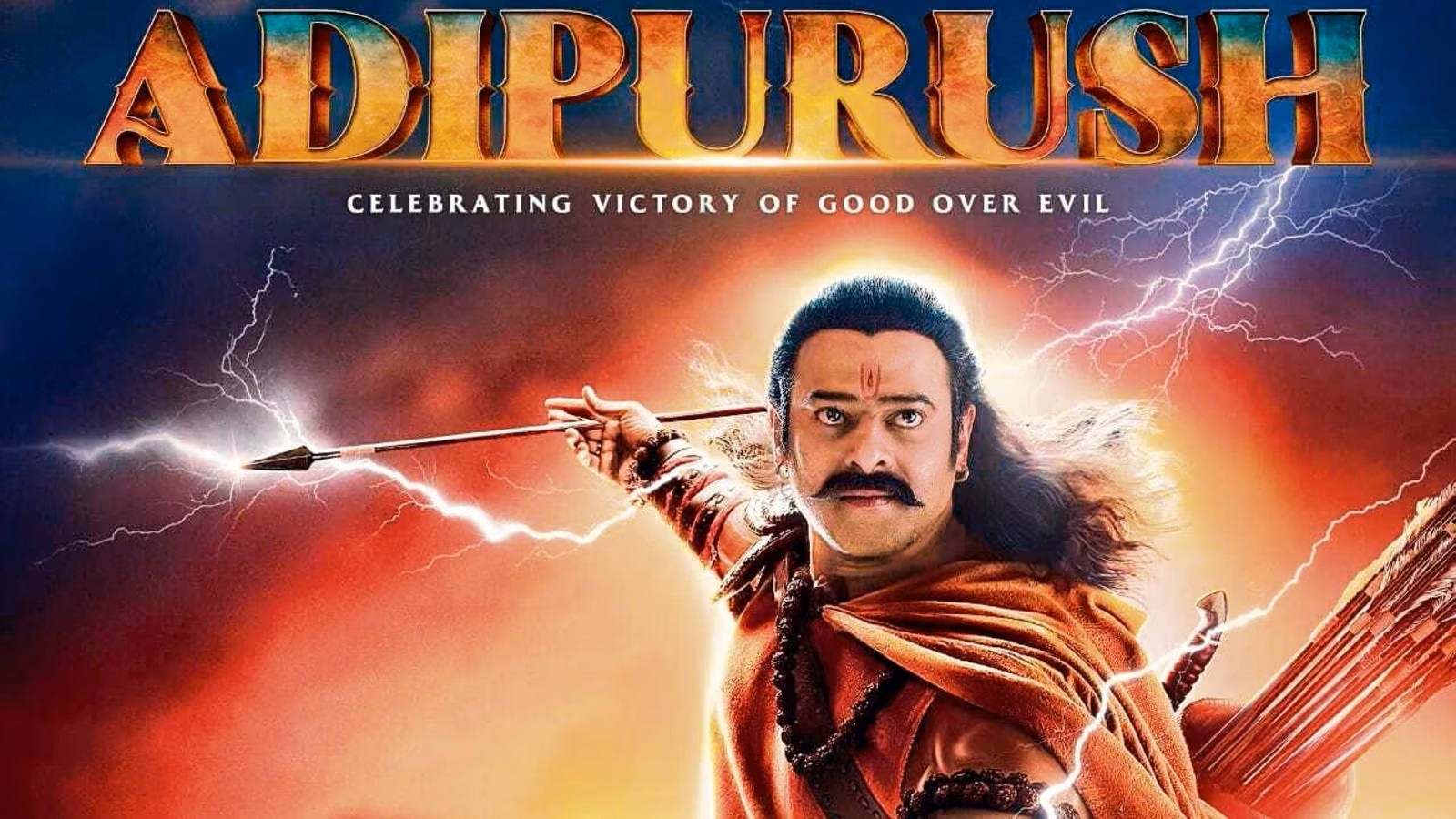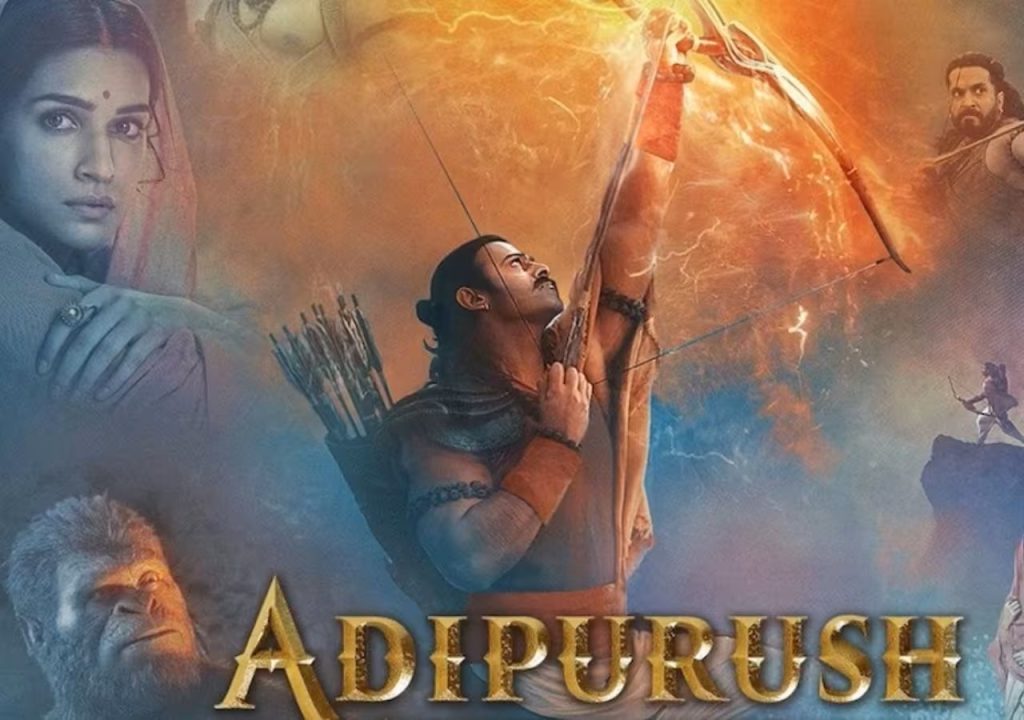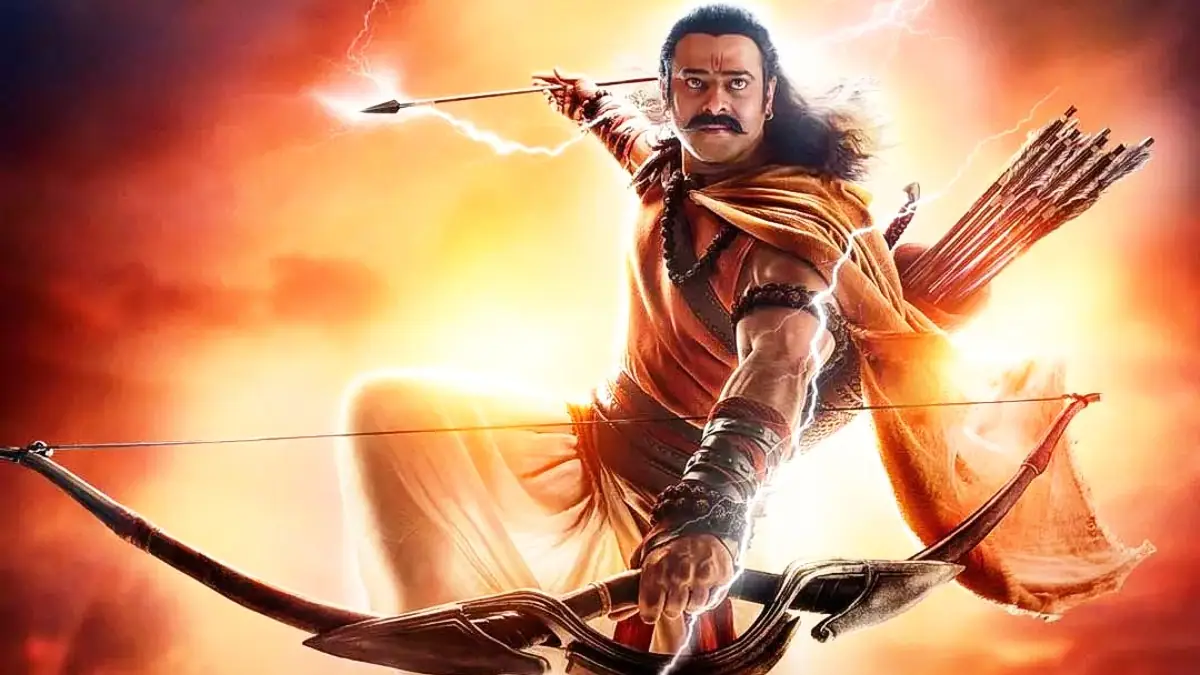Movies
Bollywood’s Epic “Adipurush” Tanks in India

Adipurush, a much-hyped, costly Indian film, has tanked at the box office due to a backlash from audiences and critics. Meryl Sebastian of the BBC investigated what went wrong with the film.
Adipurush had all the makings of a blockbuster: a star with a big fan base, a story based on a beloved Hindu epic, a massive budget, and even endorsements from some governing Bharatiya Janata Party (BJP) leaders.
It was the latest in a long line of films that claimed to be inspired by Hindu religious ideas or nationalism, or both. The formula worked for some, but it backfired on Adipurush because the people it was supposed to satisfy and entertain turned against it.
Adipurush’s creators claim that the film was inspired by the Hindu epic Ramayana.
The Ramayana tells of the Hindu hero Ram’s victory against the demon ruler Ravana after the latter kidnaps his wife, Sita.
The film, which was made in both Hindi and Telugu, should have helped Bollywood recover from a disappointing quarter at the box office. However, its fortunes quickly deteriorated.
The film garnered nearly unanimously unfavourable reviews upon its initial release. Opposition leaders slammed the film, while two cities in nearby Nepal banned any Bollywood productions unless a “objectionable” passage was removed.
The ultimate blow to Adipurush came in the shape of an audience outcry that surprised even the creators.
Protests were held in many parts of India, and some Hindu organisations requested that the film be banned. Om Raut, the director of Adipurush, and writer Manoj Muntashir have received death threats and are currently under police protection.
According to critics, Adipurush is one of a slew of new films aimed at Hindu audiences. Some of them have also been accused of inciting religious strife. The Kashmir Files and The Kerala Story, both of which were heavily lambasted for misrepresenting facts and instilling Islamophobia, were box office smashes.
Some have also criticised the film’s portrayal of Ravana, who is a follower of the Hindu god Shiva, a great musician, and a powerful monarch.
“Ravana [in Adipurush] is modelled on Bollywood’s now popular image of the Mughal villain,” writes writer and critic Sowmya Rajendran, with kohl-rimmed eyes and black clothes.
The film was expected to live up to the expectations set by blockbusters like as SS Rajamouli’s RRR and Baahubali, as well as Mani Ratnam’s Ponniyin Selvan, which stood out for their fascinating storylines, expertly written dialogue, gorgeous set pieces, and decent visual effects.
Adipurush, on the other hand, appears to be a school play with amateur acting and meme-friendly CGI, according to critics.
They’ve mocked it for having a “video game” atmosphere, “clunky graphics,” a lack of imagination, references to Western fantasies like Lord of the Rings and Game of Thrones, and two-dimensional storyline.
Audiences were outraged by its discourse, with many claiming that the use of colloquial language was demeaning to the deities it portrayed.
They also critiqued the picture of Ram, whom followers describe to as “Maryada Purushottam” or “the ideal man,” as an angry god.
The film’s box office dropped following its initial weekend, surprising even industry analysts.
The film’s Hindi version alone was expected to gross at least 2 billion rupees in its first week of release, despite being made on a budget of about 5 billion rupees ($61 million, £47.8 million). According to expert Komal Nahta, this will now end at around 1.3 billion rupees.
“The film has seen a 75-80% drop in collections for its Hindi version alone since Monday,” Mr Nahta told the BBC. “And it keeps falling faster with each passing day.” Earnings for its Telugu translation fell by a comparable amount.
The outrage appears to be fueled by Hindu organisations and clerics who have called for the video to be banned.
The chief priest of the Ram shrine in Ayodhya, considered to be Ram’s birthplace, said the talks made his “blood boil.” The Hindu Mahasabha, a right-wing organisation, filed a police complaint against the film’s “wrong” costumes, illustrations, and wording. According to the All Indian Cine Workers Association, the film offended Hindus.
While the Ramayana has several incarnations throughout Southeast Asia, Valmiki’s Sanskrit poetry is the most influential in India. Adipurush begins with a lengthy disclaimer that this is the original from which it is adapted.
A 1987 TV production, which writer and author Dilip Mandal claims became the ultimate version of Valmiki’s epic, is one of the most popular interpretations of the epic.
“The rigidity imposed by the 1987 version limited the cultural richness that localised interpretations can bring, leaving little room for diverse perspectives and nuances and inhibiting the potential for the story to resonate with different communities,” he wrote in The Print, referring to Adipurush as “just another chapter in the history of Valmiki’s Ramayana re-invention.”
People in India have grown up watching renditions of the epic as plays presented in schools and festivals, enhanced with regional music and expressions.
In explanation of his creative decisions in Adipurush, writer Manoj Muntashir stated that he wrote the film in the storytelling tradition he grew up hearing in his Uttar Pradesh village.
Ms Rajendran claims that Adipurush’s failure to accord with popular concepts of the epic is not its undoing.
She labels it a “lazy film that doesn’t bother to delve into the richness of the epic” or grasp the impact it has on people because of its “terrible dialogues and shoddy world-building.”
However, film critic Rahul Desai believes that the reasons for the film’s rejection are as concerning and problematic as the film itself.
“There is no defending the film,” he told the BBC, “which appears to scale up the aggressive language of modern Hindu nationalism.” “However, the fact is that most people here are offended because they can’t stand the tampering with tradition.”
“We’ve gotten to the point where Hindu mythology (like the Ramayana and Mahabharata) can’t be touched,” he says. “Unlike historicals, where facts are regularly altered to suit hate-spreading political narratives, people see it as an attack on their truth.”
This is why, he claims, even a hint of newness in the film gets criticised.
“It is undeniable that a sizable proportion of the Indian audience today believes in Hindutva narratives. “However, they also go to the theatre to be entertained and to get their money’s worth,” Ms Rajendran explains. “They aren’t going to waste it on a lazy, insincere film.”

































